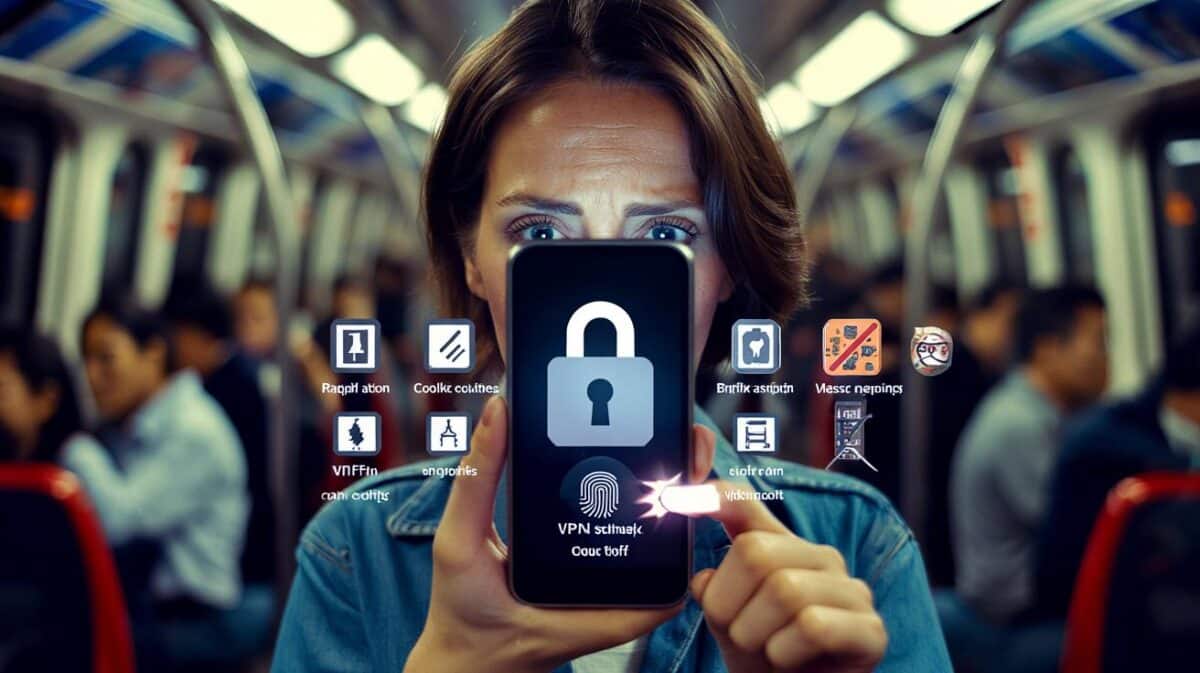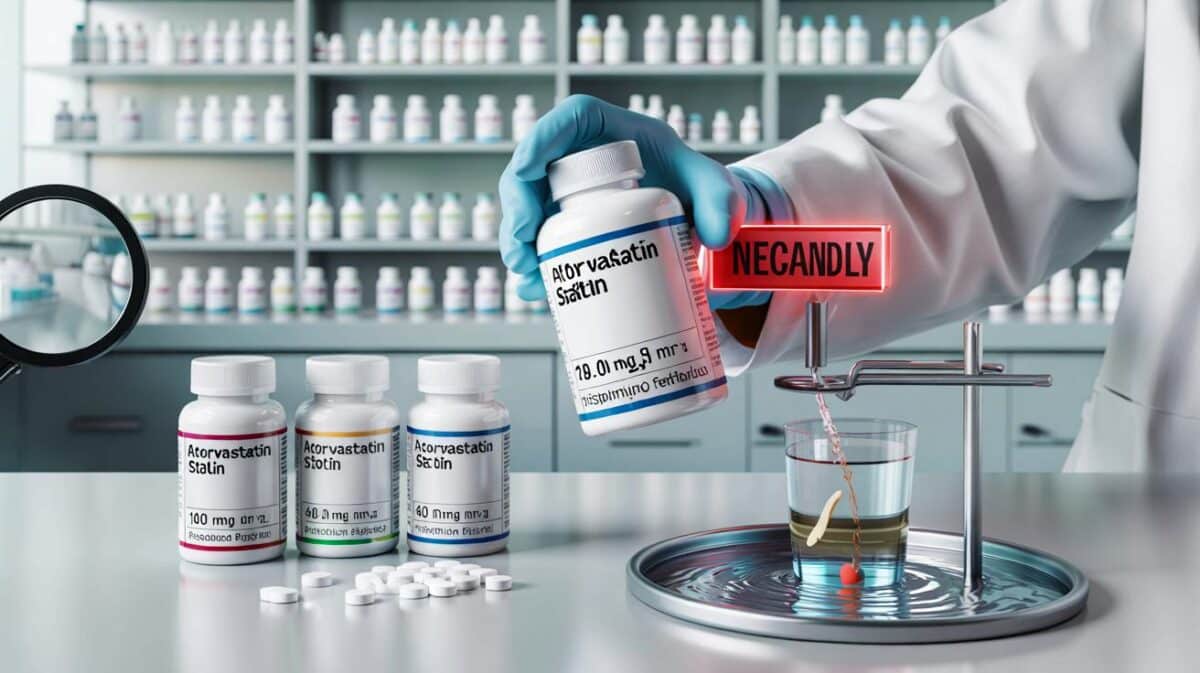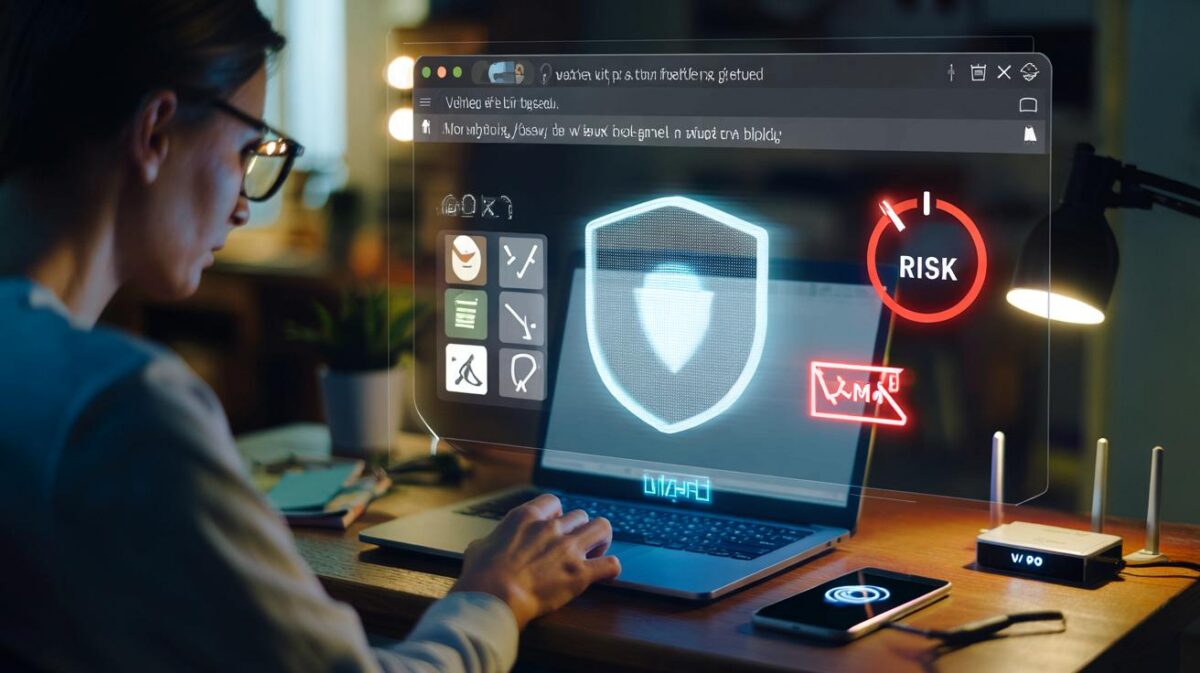General Motors is accelerating a plan to shift drivers from phone-based projection to built-in software, reshaping the in-car screen you rely on every day.
What GM is changing
GM will phase out Apple CarPlay and Android Auto across its portfolio, extending a policy first applied to most of its new electric vehicles in 2023. The company plans to implement the change model by model as petrol cars undergo mid-cycle refreshes or full redesigns.
GM will remove smartphone projection in future models as they update, aiming for a single, deeply integrated software experience.
Today, the Cadillac Lyriq and GMC Hummer EV are the only GM EVs in the United States that still offer CarPlay and Android Auto. Many petrol-powered GM cars continue to support both systems, and models sold in some overseas markets retain projection for now.
Why GM says it is doing this
Chief executive Mary Barra told The Verge’s Decoder podcast that switching between a car’s native interface and phone projection proved clumsy. Customers reported a jarring handoff between menus and controls, which could distract drivers. GM now wants drivers to stay within one interface powered by its Android Automotive-based platform.
“It wasn’t seamless,” Barra said, pointing to the friction of jumping between interfaces as a potential distraction.
The company argues it can improve safety, reliability and long-term capability by controlling the full software stack. It also believes features such as native navigation, voice control and better access to vehicle data will work best without a parallel projection layer.
The tech under the bonnet
GM’s infotainment now runs Android Automotive OS, which is distinct from Android Auto. Android Automotive is an embedded operating system, letting the car run apps natively without mirroring a phone screen. That opens the door to tighter integration with vehicle functions, over-the-air updates and a cleaner look that remains consistent across apps.
There is a snag: owners must sign in to each app individually. GM’s chief product officer, Sterling Anderson, said the company is building a simpler login process, but did not share the details. App availability remains a worry for iPhone users, since not every favourite iOS app has a native Android Automotive version.
CarPlay and Android Auto versus Android Automotive
| Aspect | CarPlay/Android Auto | Android Automotive (GM) |
|---|---|---|
| Where it runs | On your phone, projected to the car | In the car, as a built-in OS |
| App availability | iOS or Android phone apps | Curated in-car apps (Android-based only) |
| Login | Your phone handles accounts | Separate sign-in per in-car app |
| Integration with vehicle | Limited access to car data | Deep access for navigation, energy, sensors |
| Consistency | Changes with your phone updates | Controlled by carmaker via OTA updates |
What happens to your current car
GM says existing models that support Apple CarPlay or Android Auto will keep them. Current petrol cars on sale in North America also continue to offer projection “for the foreseeable future.” The shift comes as future models roll out, not via a surprise removal on cars already delivered.
If your GM car has CarPlay or Android Auto today, you keep it. The change targets future model updates.
How quickly it changes
GM oversees more than 40 models across its brands. That scale limits the speed of the transition. As each model receives a refresh or a new generation, the company aims to remove projection and rely fully on the native system. The result will be a staggered rollout over several years rather than a single cutover date.
What this means for you
- If you rely on iPhone apps through CarPlay, you may not find direct equivalents in future GM models at launch.
- If you value one-tap setup, expect more account sign-ins until GM’s simplified login arrives.
- If you want tighter integration with vehicle data, native apps may offer richer range tools, charging planners and service features.
- If you share the car, built-in profiles may help keep settings and logins separate once GM finalises its approach.
- If you sell used cars, buyers may ask whether a vehicle supports phone projection; feature transparency will matter.
GM’s bet on the future
Anderson framed the move as a familiar tech pivot: remove a once-standard feature to make room for a platform that scales. That echoes past shifts, where unpopular decisions later looked prescient once ecosystems matured. GM’s gamble depends on app growth, smoother sign-ins and fast, reliable over-the-air updates. Without those, drivers will feel they lost more than they gained.
The app gap and how it might close
For iPhone owners, the key concern is choice. Messaging, maps and music are table stakes; banking, podcasts, parking, tolling and audiobook apps add daily value. GM says the catalogue will expand, but growth hinges on developers investing in Android Automotive versions. Expect early focus on navigation, media and charging—areas where deep vehicle data makes a clear difference.
Safety, data and money
Keeping drivers inside a single interface may reduce distraction from juggling two systems. Native navigation can also read fuel or battery status and recommend stops more intelligently. At the same time, a software-defined car raises questions: who controls your data, how consent works across multiple apps, and whether new features come behind subscriptions. Clear settings, easy opt-outs and transparent pricing will decide how comfortable drivers feel.
Buying tips if you’re on the fence
If you plan to keep CarPlay or Android Auto for several years, check the exact spec of the car you intend to buy. Ask the dealer whether a future refresh will remove projection and how long software support lasts. If you lean toward native apps, test the login process at handover and set up your profile at the dealership to avoid first-week friction.
Practical scenarios to consider
Daily commuting: native voice assistants can handle climate and seat settings that phone projection cannot. Long trips: built-in maps with live vehicle data can plan fuel or charging stops more accurately than a mirrored phone app. Mixed-device households: Android Automotive still runs without an Android phone, but iPhone users will rely on the in-car app catalogue rather than CarPlay.
What to watch next
Three signals will show whether GM’s course pays off: how quickly the app catalogue grows, whether login and profiles become painless, and how consistently updates arrive across brands and price points. If those pieces land, the native-first approach will feel cohesive. If not, drivers may keep asking for a wire to plug their phones back in.









This feels like GM pushing us into a walled garden. iPhone folks will definately lose apps they rely on—why remove choice instead of improving the handoff?